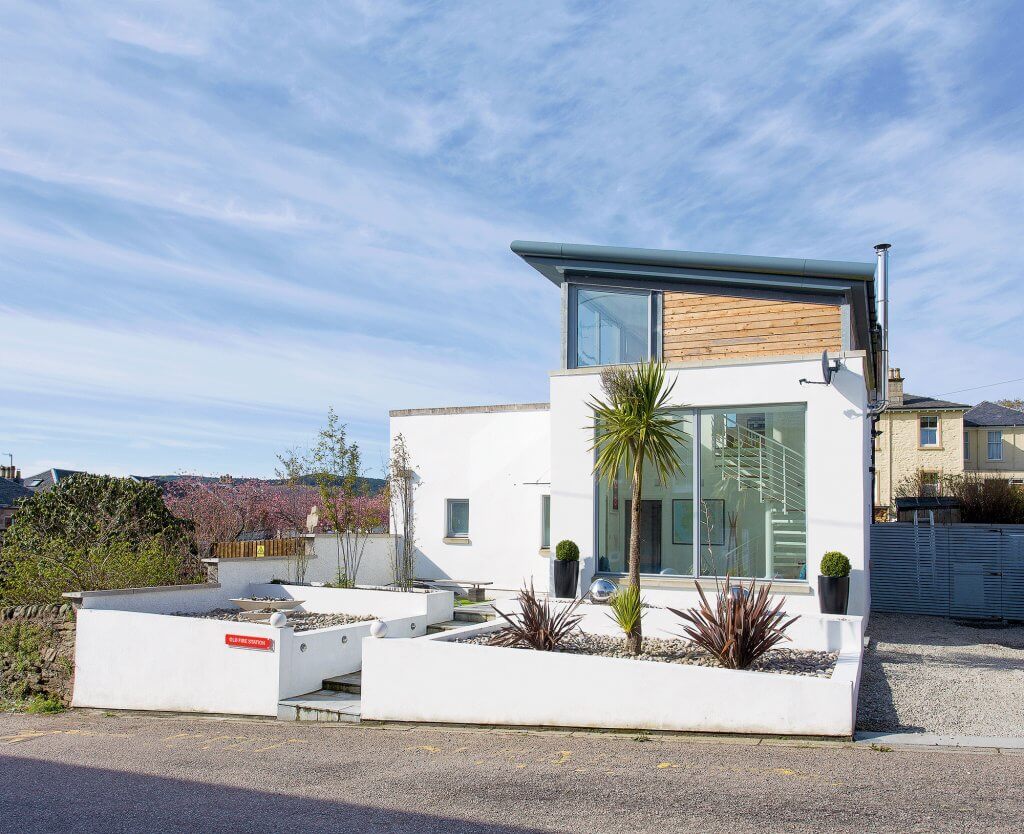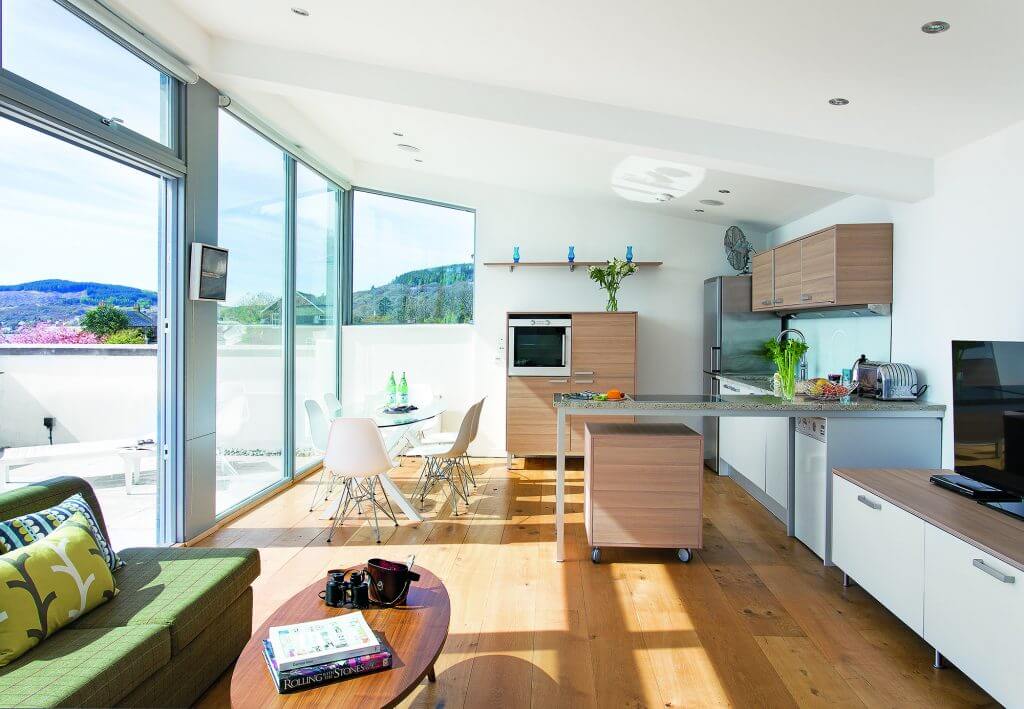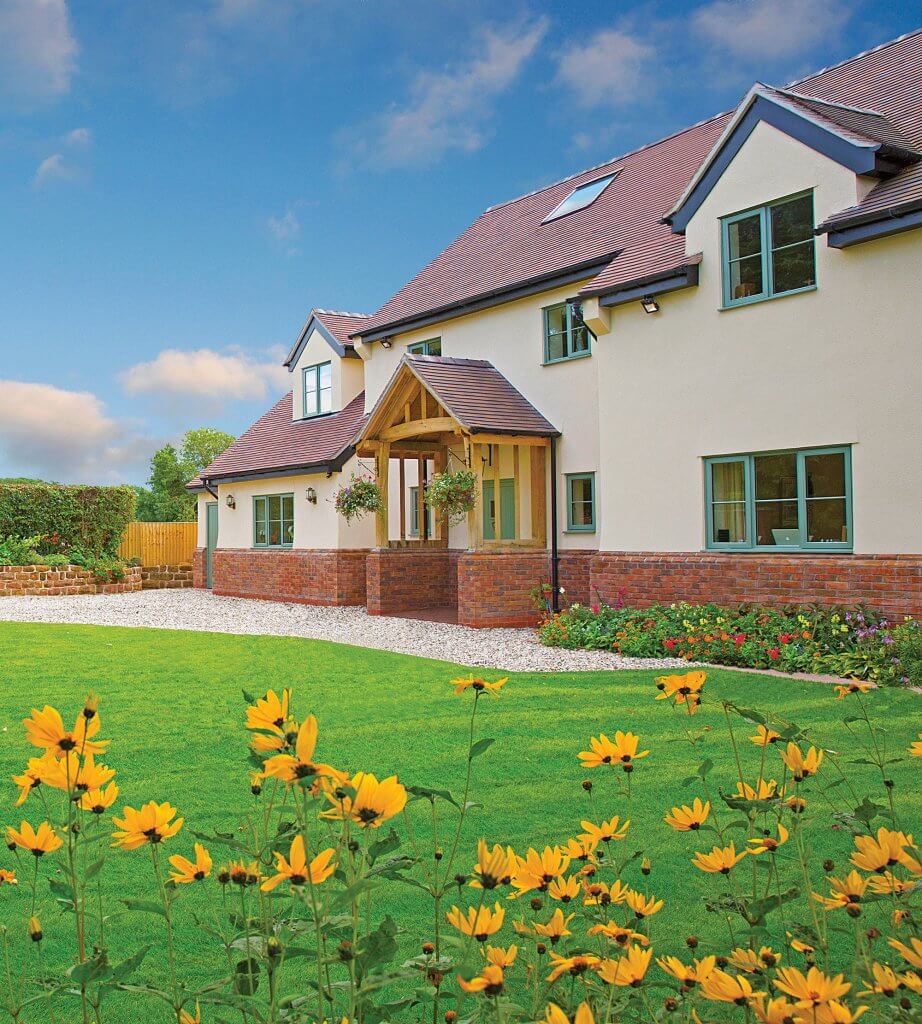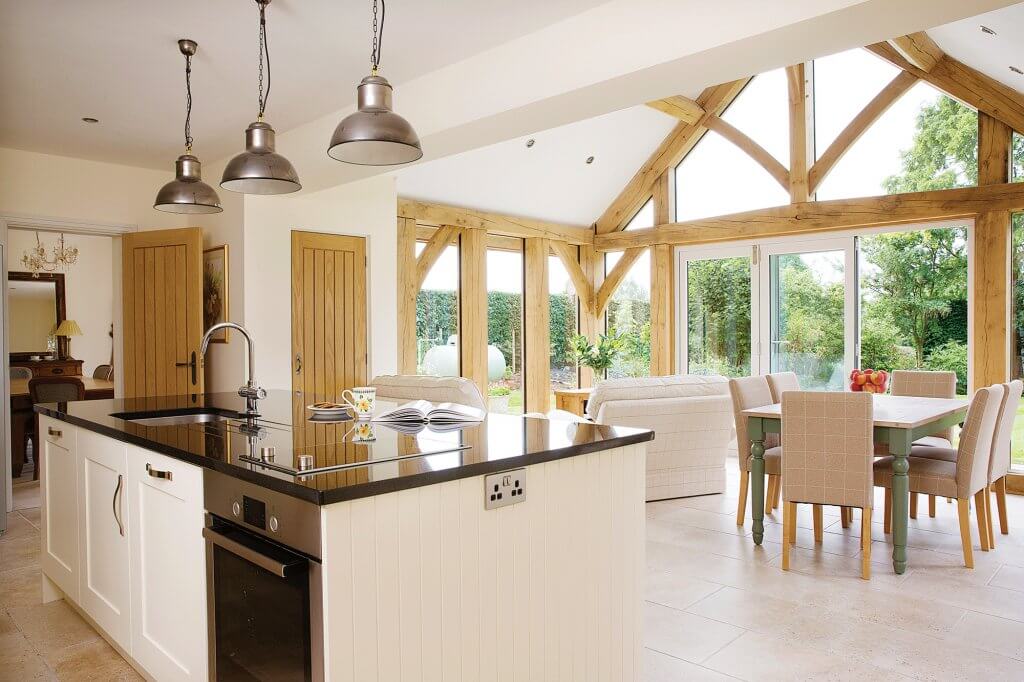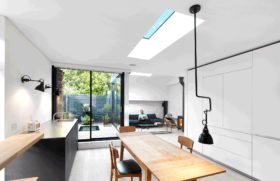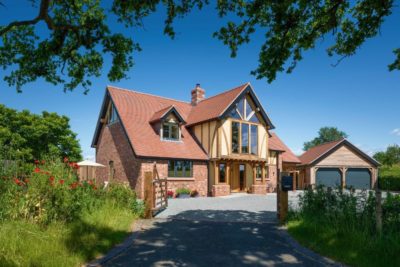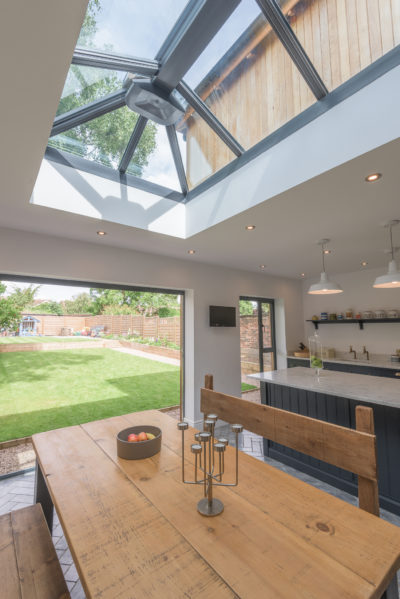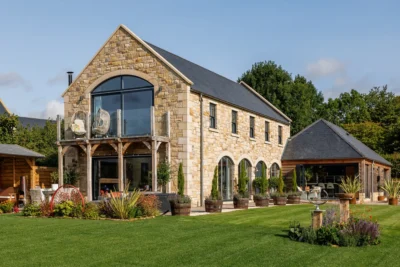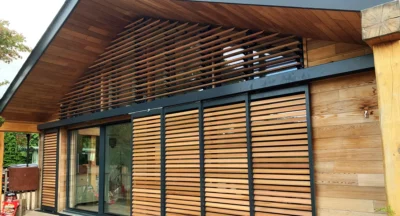Who Should Design my House?
When I ask self builders who they think can design a house – and who they think should do it – more often than not, the reply is an architect.
While it’s true they are highly trained and able to design, plan and manage the construction of a new home, there are a number of alternatives to choose from.
Trained architects are professionals, and professionals aren’t generally known for being the inexpensive option. Moreover, while in certain circumstances an architect is the obvious choice, sometimes using their services can be a costly overkill.
So how can you tell whether you need an architect, or whether an alternative design solution would work better and be more cost-effective for your project?
Your house design options
One of the key considerations when taking on a self build or other major project will be the complexity of the scheme. Some of you might be tackling the kind of high-end scheme beloved of Grand Designs – but the vast majority of self builds do not fall into this category.
Creating a modest family home with four walls and a simple roof is not rocket science. We build tens of thousands of them every year in this country. So do we really need to go to the expense of a fully-qualified architect to draw up something so straightforward?
I would suggest not. Here are some of the key design options available to you:
1. Architect
The term architect is legally protected. To be allowed to use the title, you must have completed seven years of training and will have to be accepted by the Architect’s Registration Board. You must also hold professional indemnity insurance. While anyone can design a house, unless all of these boxes have been ticked, they can’t call themselves an architect.
It’s this training and professional status that pushes up the price of an architect. It’s also why the very best can charge eye-watering fees for some of the most complex projects.
If you’re looking for a cutting-edge contemporary home that pushes the boundaries of eco design and exploits the latest materials and thinking, then you should probably go straight to an architect.
You still need to shop around, though, because not all will specialise in the kind of house you want. An expert in brutalist concrete car parks isn’t going to be the best bet if you want a floating cantilevered glass cube, for instance.
Need more advice about different aspects of your project?Build It’s Self Build Virtual Training will give you the detailed know-how to successfully realise your dream home. Our interactive courses are presented by Build It’s expert contributors and designed to give you the key nuggets of knowledge you need – all from the comfort of your own home. Covering everything from finding land to planning permission and design, our courses take place online and allow for audience participation and experience sharing. Use the code TWENTY for 20% off. |
An architect is also likely to be the right person to go to if you’re looking to develop a difficult site – such as a plot with a severe slope or tricky access – because they will have the skills to mitigate these issues.
The perennial downside of using an architect, and a concern I’ve heard repeatedly over the years, is that while they produce stunning designs, quite often the budget is forgotten and the project ends up becoming unaffordable.
This issue can be compounded by architects working to a percentage of the build costs, which acts as an incentive to design a bigger and better house than the original brief calls for.
Some practices understand the constraints on those of us creating a one-off home better than others. Among those would be members of the Association of Self-Build Architects (ASBA), which was founded by Build It’s own design expert, Julian Owen.
Find an Architect or House Designer
2. Architectural technologist
These professionals apply the science of architecture, specialising in the technological aspects of buildings, including design and construction methods. Some have their own design practice, others work alongside architects. Either way, they will have a strong understanding of space, materials, aesthetics and technical detailing. Add these aspects together and they’re well qualified to design individual homes.
A chartered architectural technologist’s fees may be broadly similar to those charged by an architect. Again, the total cost will depend on the scope of works they’re taking on – is it planning and technical design, contract administration, ongoing management of the project, etc? In my project management role, I’ve found architectural technologists to be particularly valuable for contemporary, energy-efficient buildings, as many are qualified to design to Passivhaus standards.
Architectural technicians may possess similar qualifications to technologists, but they are not authorised to work as a sole practitioner. Check out the Charted Institute of Architectural Technologists’ website to find chartered members working in your area.
3. Package company
The many package house suppliers in the self-build market rely on great design to sell their products. The basic idea is they come up with a scheme at little or no cost, using their in-house architects and designers.
You then fall in love with the idea and commission them to take the project through planning, Building Regulations and some or all of the construction works.
The catch is that they own the design, so if you want to use it you will be obliged to sign up to their timber frame or materials package – and that’s where they make their money. The plans therefore become the sprat to catch the mackerel, so it’s important for these companies to have exceptional architects and designers on board.
Using a package company is a popular and sensible route into self-build, especially for first-timers, as you’ll have access to their support all the way through the project.
4. House designer
Anyone who is not formally qualified falls into this generic category. In effect, anybody can call themselves a designer – so it becomes all the more important to do your homework.
The key things to look for are examples of previous work, which must be followed up with client references to prove competency. You should also ensure you see proof of professional indemnity insurance.
These designers have a role to play. Many concentrate on small-scale projects such as simple extensions and cosmetic remodelling, where the costs associated with a fully qualified architect are sometimes not justified.
Into this category would fall the design and build companies who offer stock plans and the resources to build them. Costs are relatively easy to control, but don’t expect state-of-the-art architecture.
5. DIY home design
Lastly, you could have a go yourself. Core versions of 3D design software packages such as Sketchup are free to download and, with the help of web tutorials, give everyone the chance to draw up their own scheme.
Getting a self-drawn design through the planning process is not at all uncommon, but the key question is whether the scheme can be built safely and economically to meet the Building Regulations.
It’s at this stage where DIY designs can come unstuck, and many architects and designers will be familiar with the clients who call up having obtained planning permission for their drawings but with no idea what to do next.
If you think this is a step too far for you, a better DIY design approach might be to use the software to mock up ideas that can be used to inform your brief to an architect or house designer.
How much should I pay for an architect or house designer?
As highly-trained professionals, architects expect to be paid handsomely for their work. The very best can charge a fortune, and rightly so – some architect-designed homes are more works of art than houses. However, most of us just want a nice home or extension that isn’t going to break the bank.
After the financial crash, architects had to revisit their pricing because work was scarce; falling back on the old RIBA scale system, which was a licence to print money, made them too expensive. One self-builder I met had paid his architect nearly £40,000 under a RIBA contract but the project had not even gotten underway on site.
5 top tips for hiring an architect or house designer
|
To get work, many architects reverted to a fixed fee approach – and this is the model that I would encourage you to use if possible, whoever you engage to create your scheme.
A straightforward design for a bespoke four bed detached home up to Building Regulations drawings can be achieved for £5,000-£10,000, depending on complexity. Plans for a simple extension to an existing property, matching the current house style, can be produced for as little as £1,500 if you use a local designer.
Expect to budget significantly more if you’re creating a quality bespoke home.
So should I use an architect for my self build home?
Ultimately, it’s your call. For complex, cutting-edge designs, highly energy efficient homes or where you want to extract the maximum from a difficult plot, hiring an architect will be money well spent.
But if you are building a generic four-sided box with a slab roof or an extension, it may be a
waste of your budget, as there are designers who can do just as good a job for a fraction of the cost.
The trick, as always, is to shop around to find an architect or designer who is on the same wavelength as you, who has a portfolio of work that inspires you and who understands your budgetary constraints. Letters after someone’s name mean nothing without ticking those three boxes.
Top image: With help from his parents and MasonKerr Architects, Richard Pender was able to create this innovative barn-style home

































































































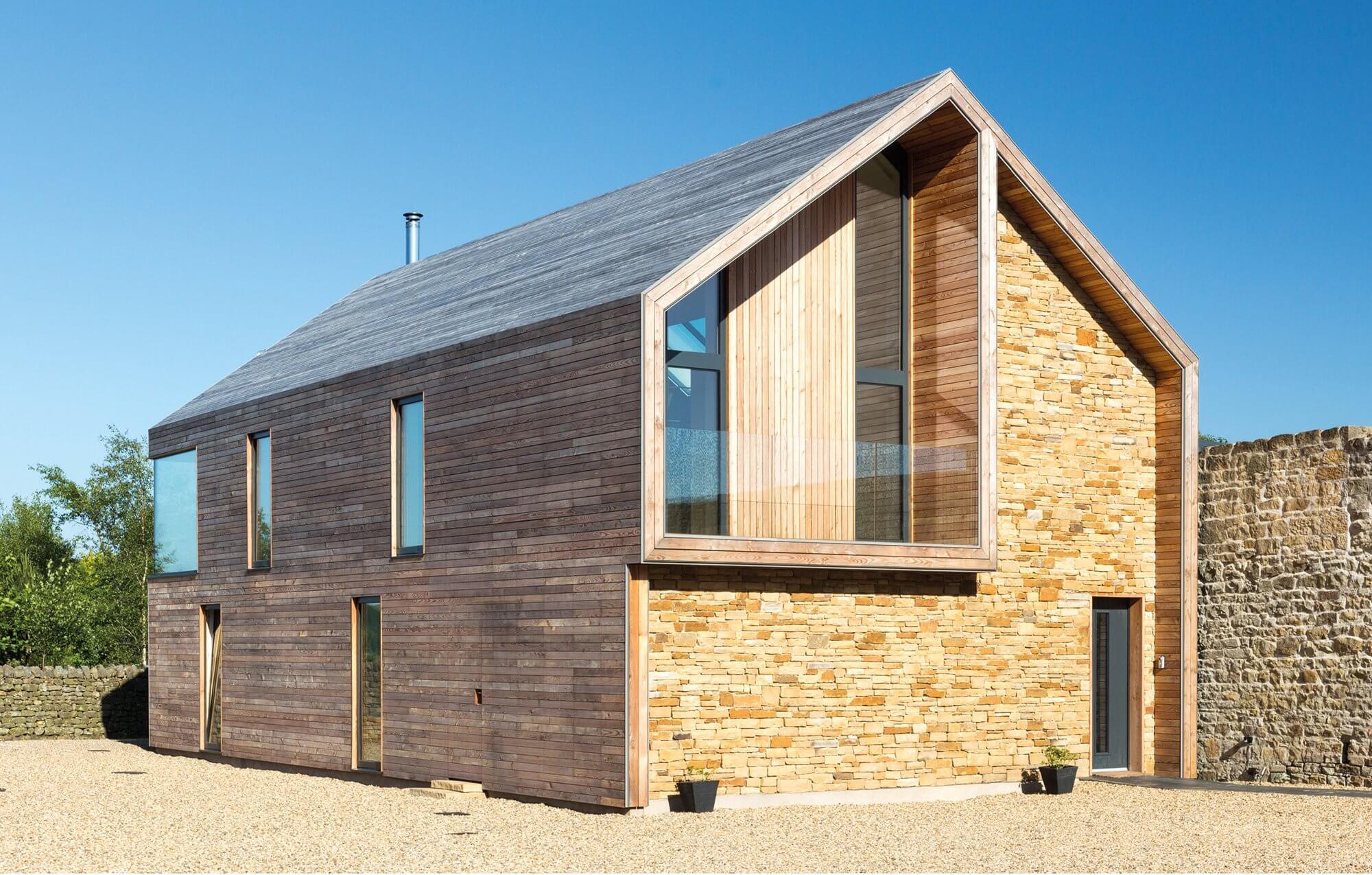
 Login/register to save Article for later
Login/register to save Article for later

